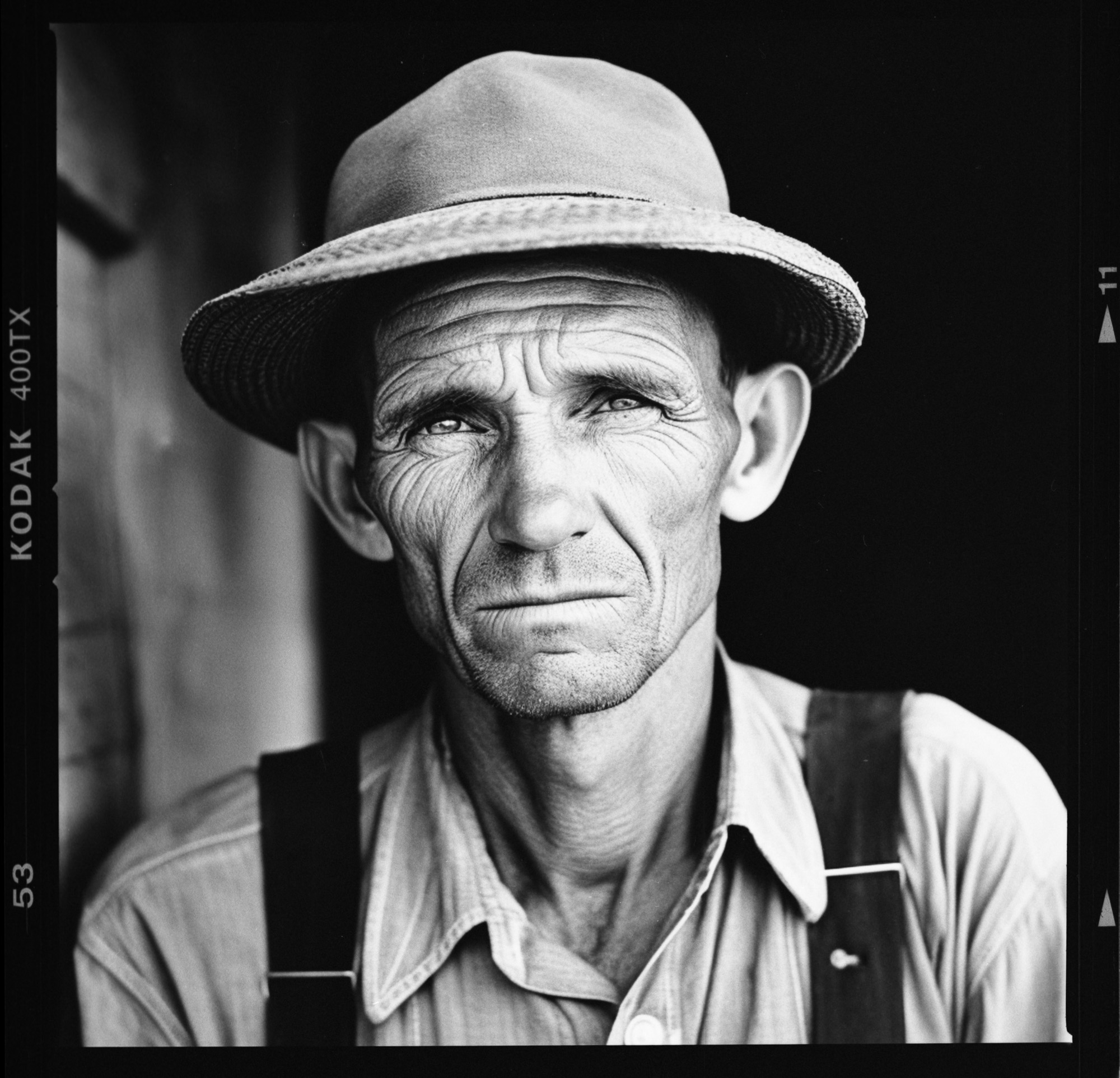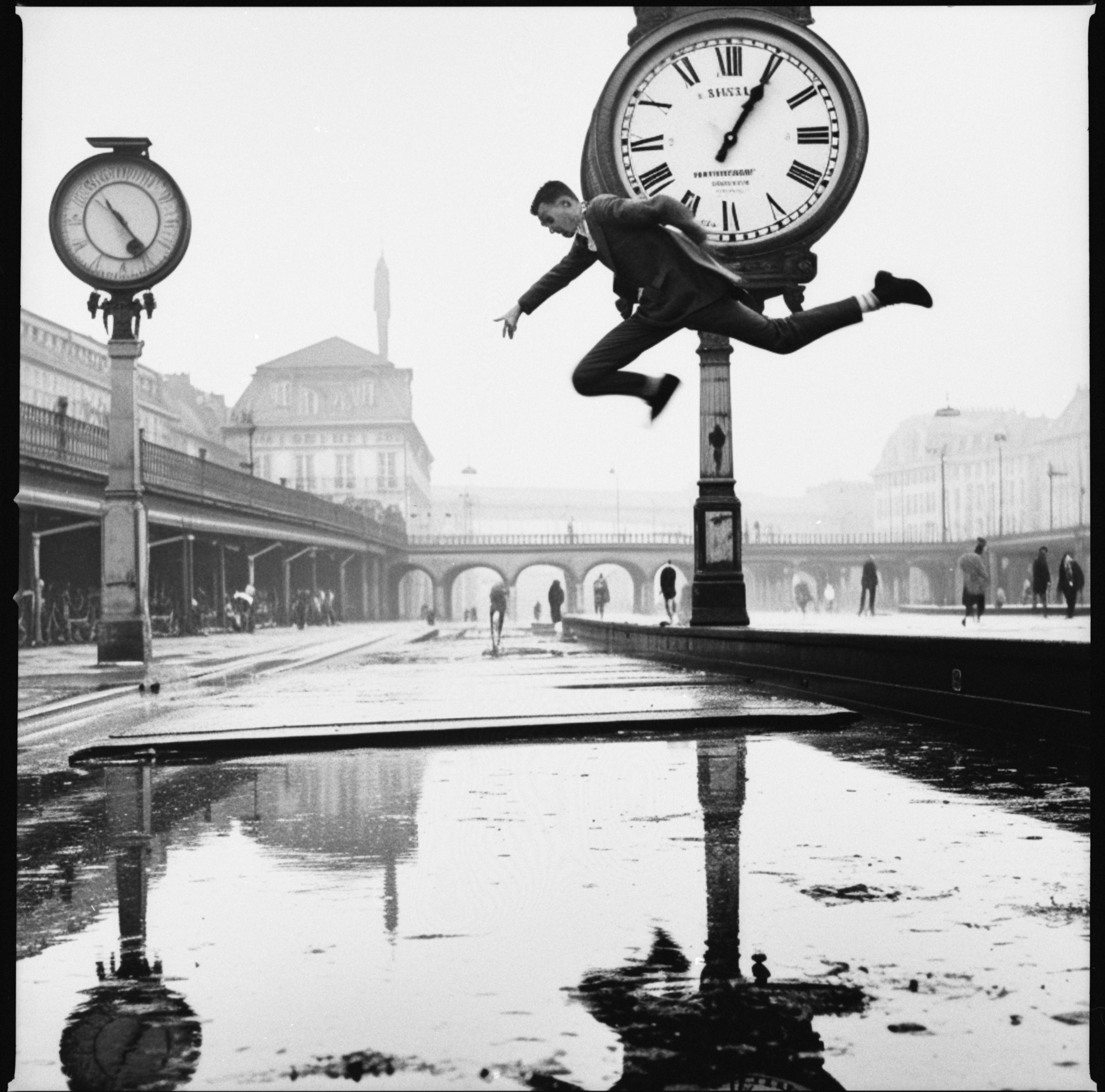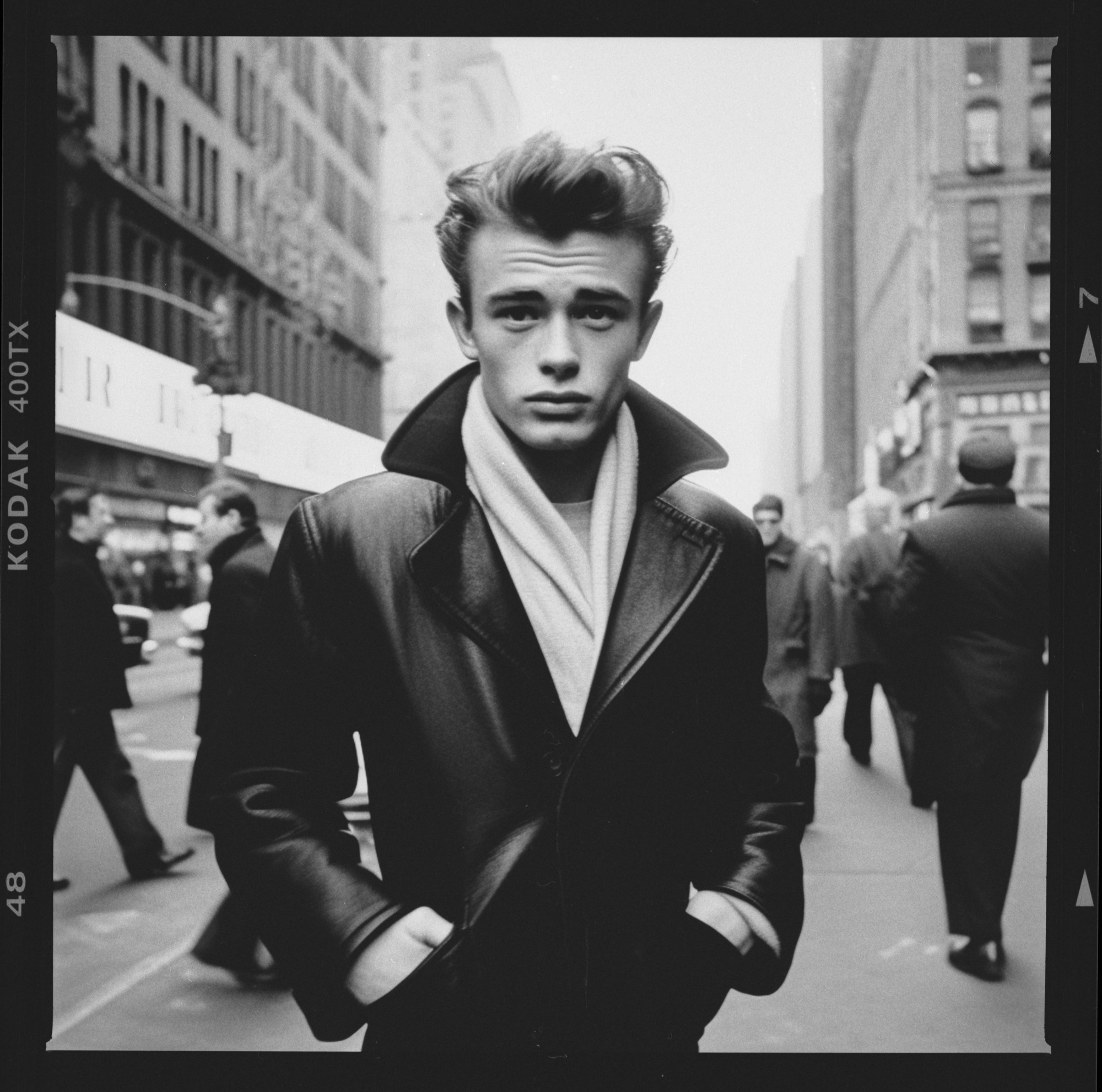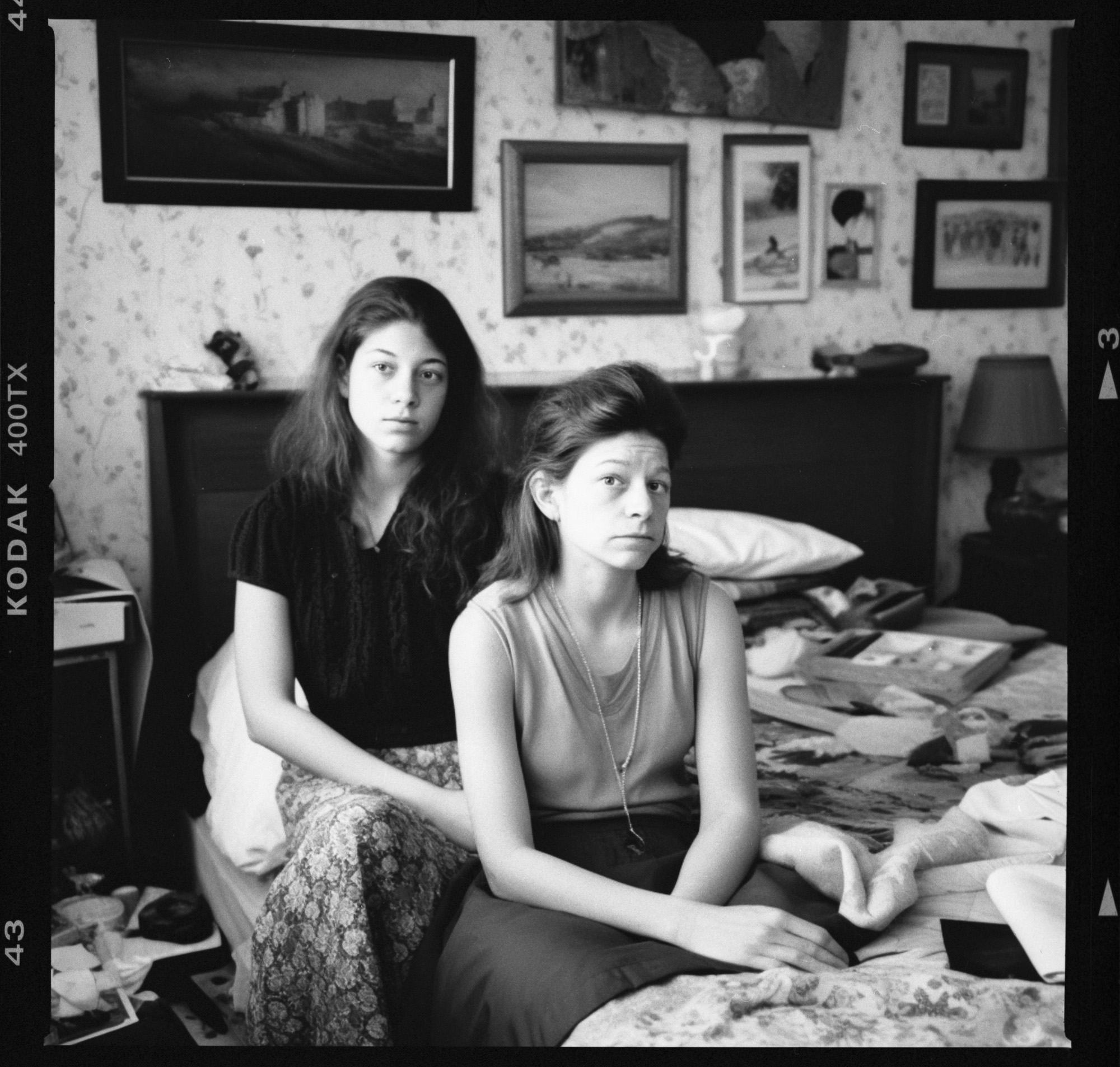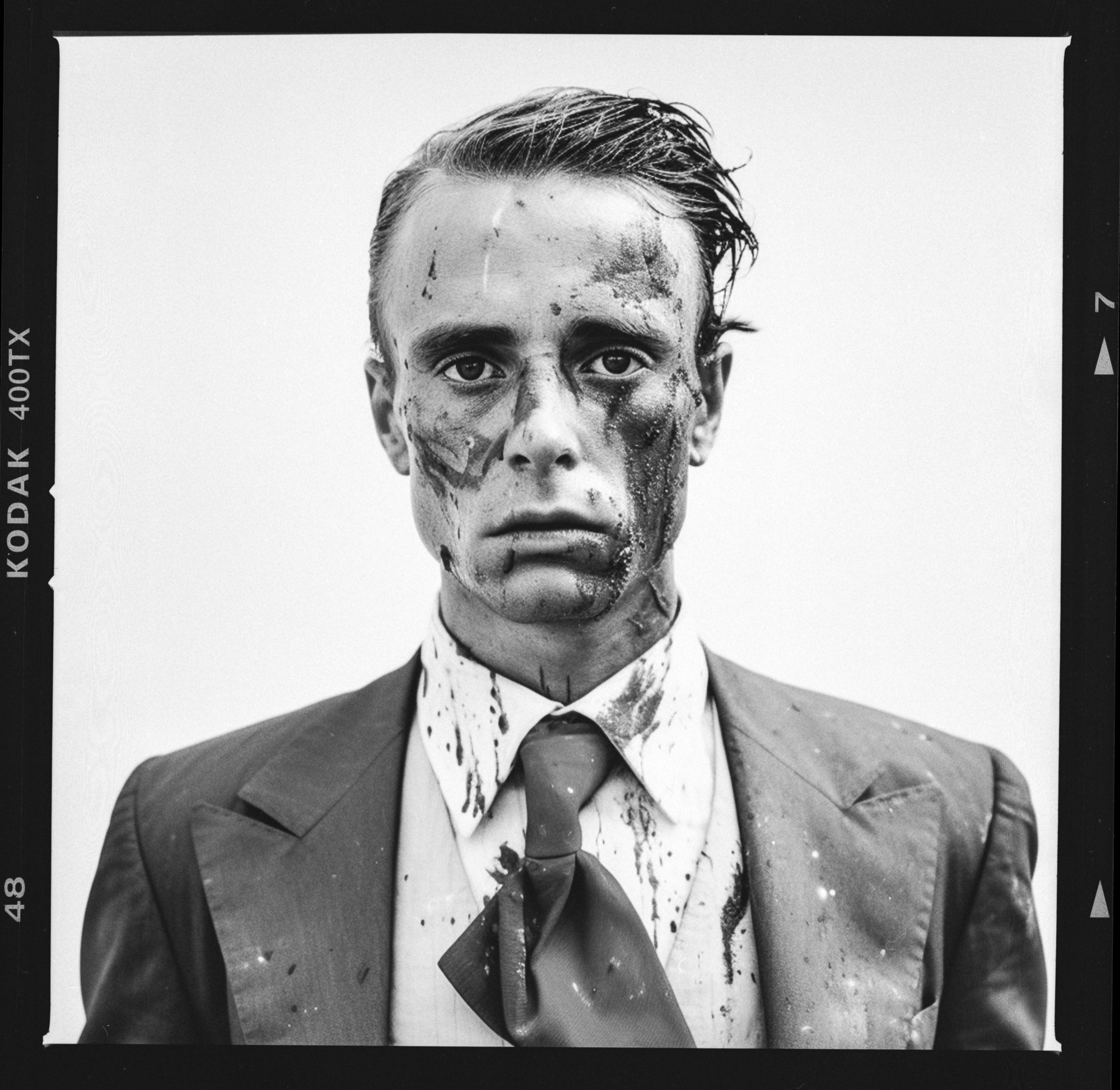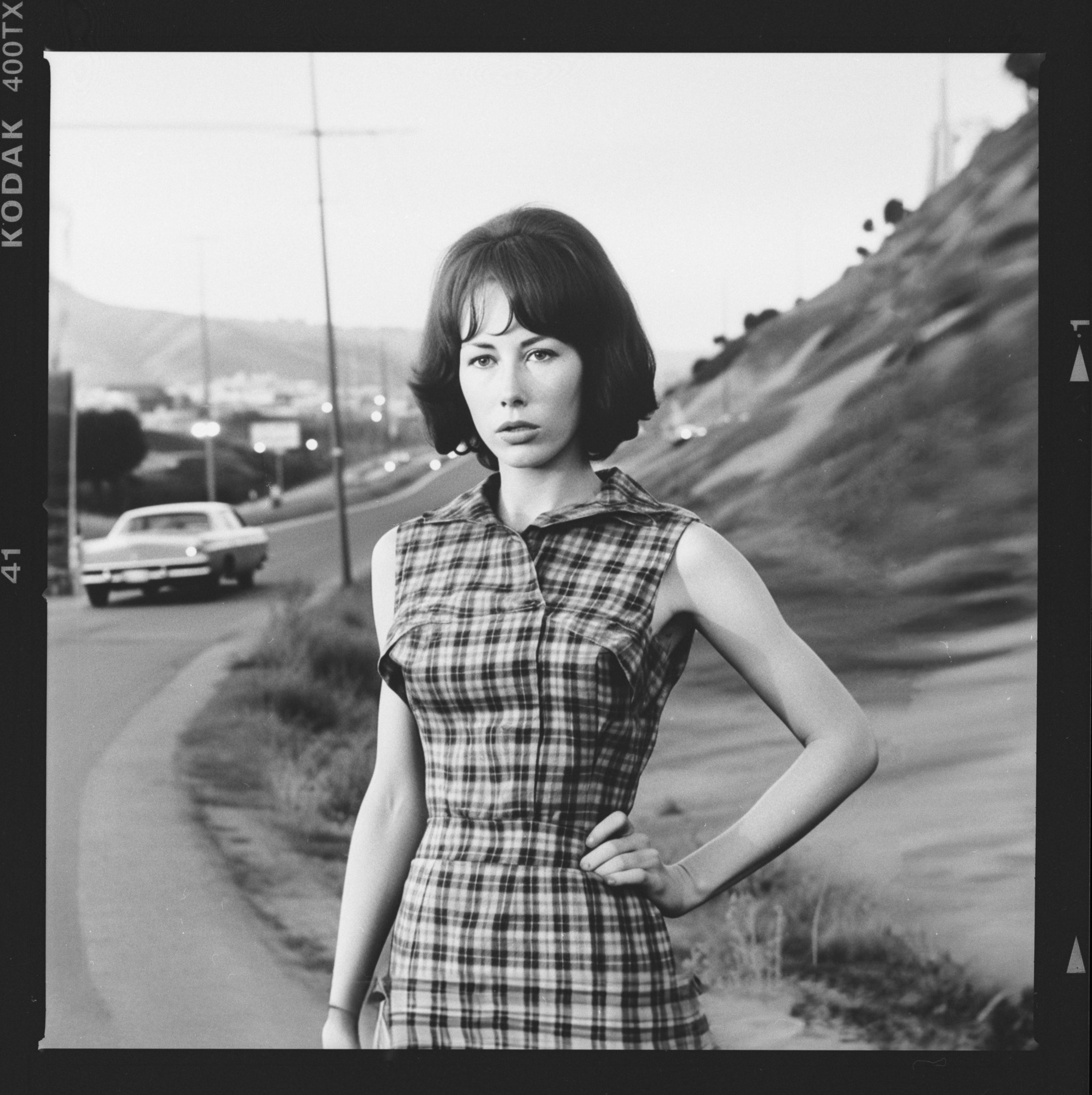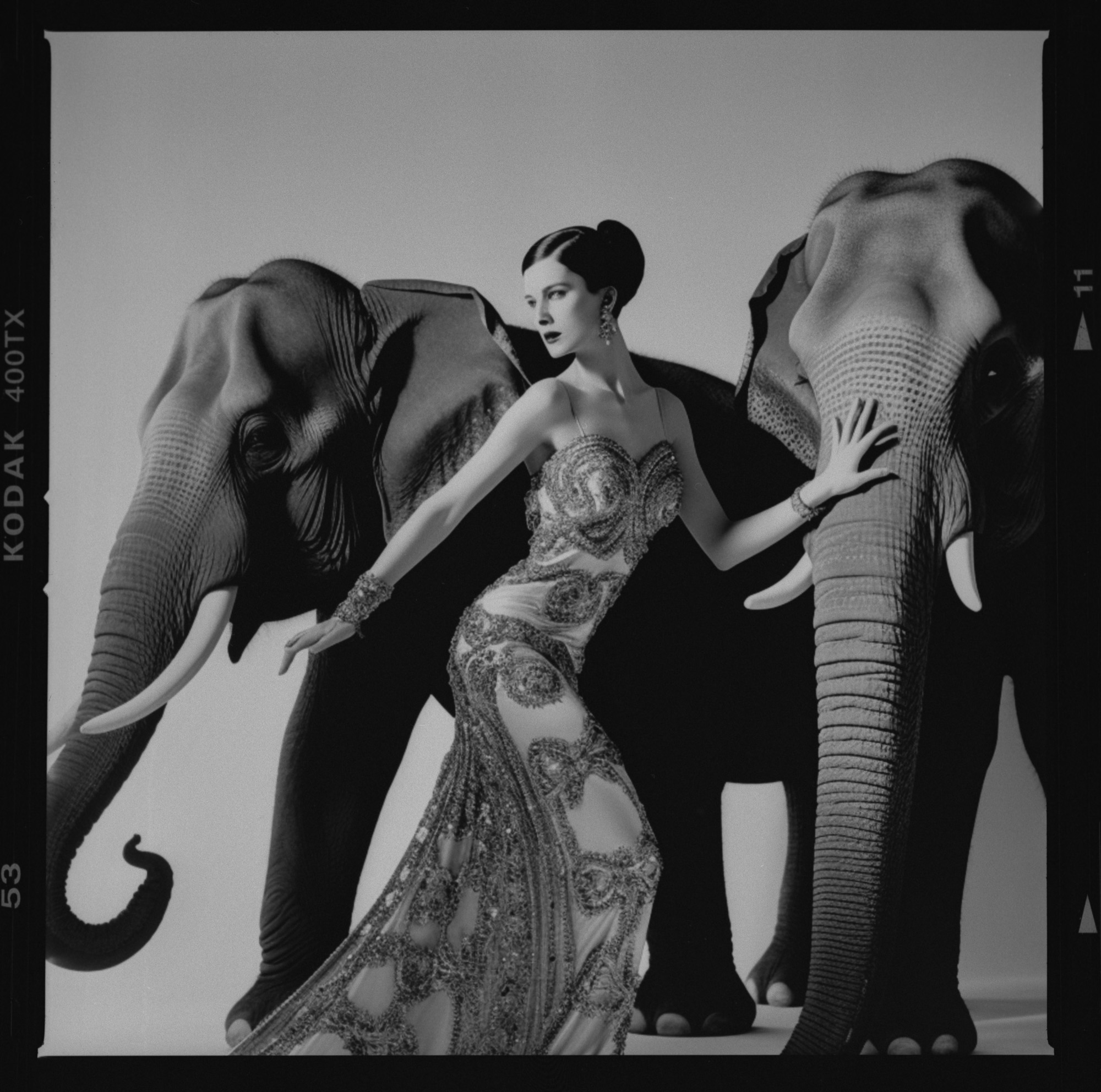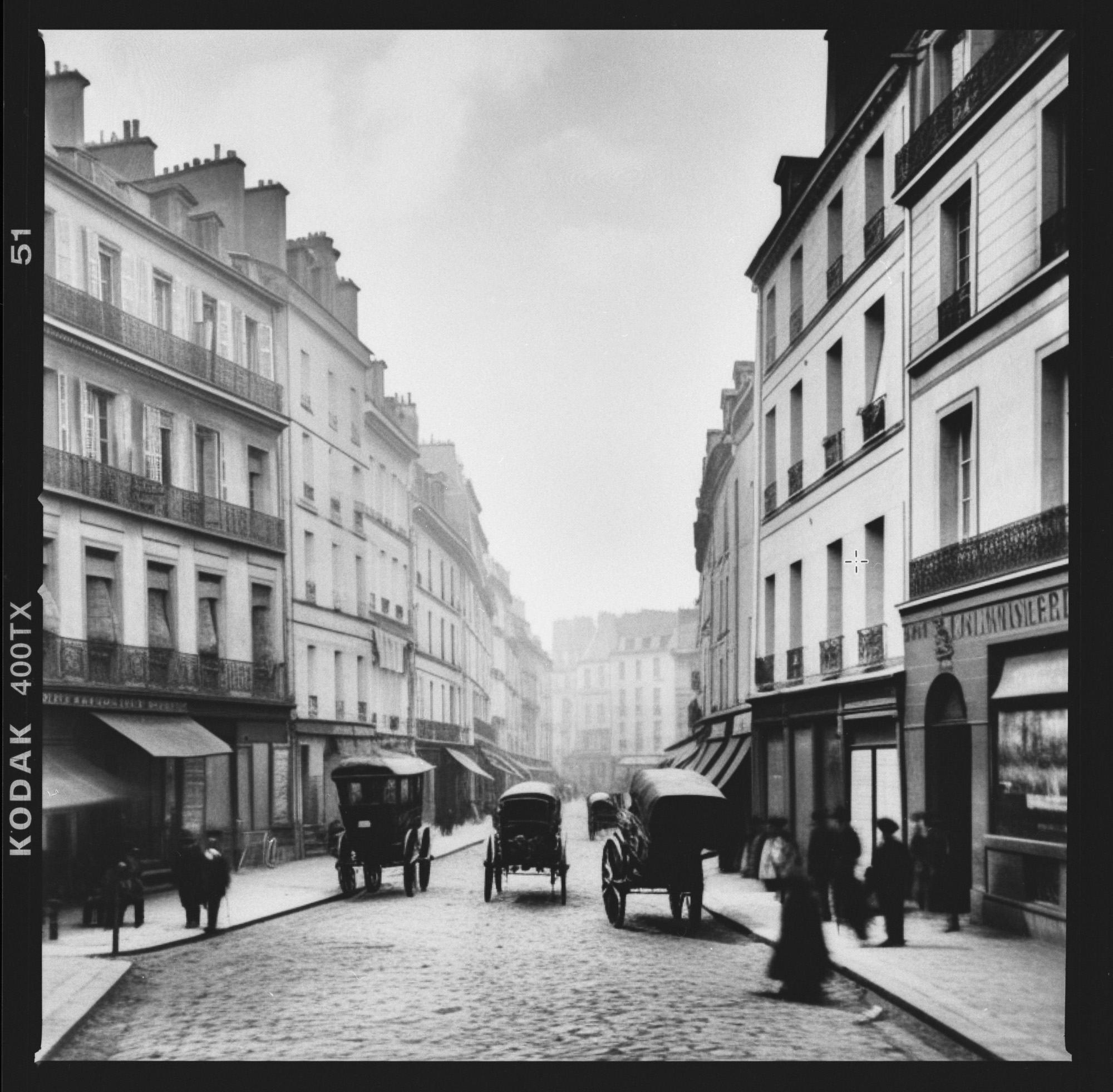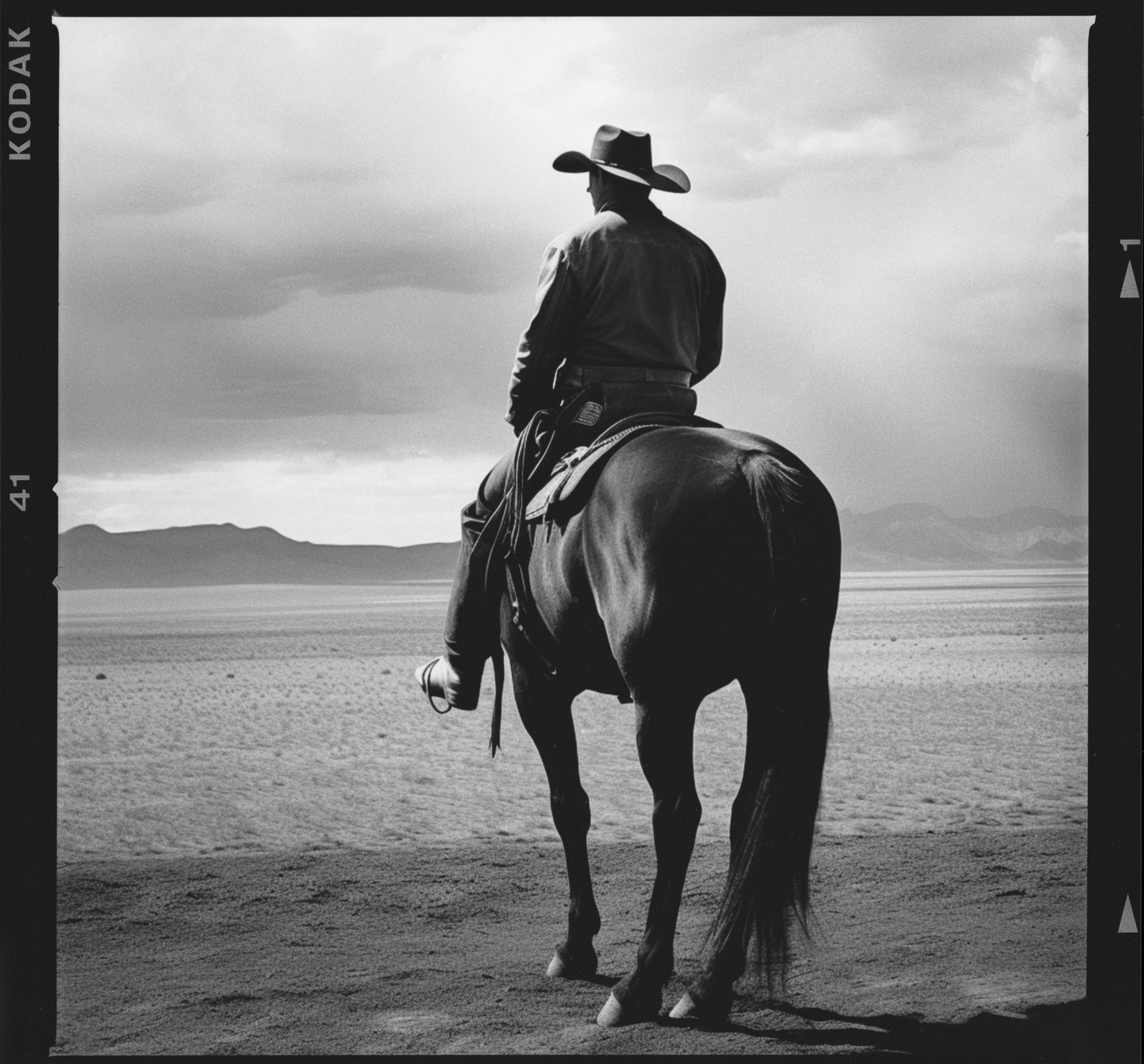
In "Simulacra and Simulation," I draw inspiration from Jean Baudrillard's influential, eponymous treatise to investigate how modern technology affects the complex relationship between reality and representation, and explore what constitutes a real photograph in our post-ChatGPT world.
The photographs in this project were made on Kodak Tri-X film with a Hasselblad 501CM camera and printed with their film borders visible, thus staking a claim to objective, unaltered reality just as Henri Cartier-Bresson and Richard Avedon did with their work.
According to cultural theorist Stephen Zagala, "Printing the edge of the negative…insists on the documentary integrity of the image…[and] indicates that the picture has not been cropped or manipulated…What we see in the photograph is exactly what was captured on the film when it was exposed to the world through the camera's lens."
I make the same claim: everything you see within the edges of these photographs is real—a real photograph of the pixels of a computer screen. While this project echoes the normative realist ideologies of Cartier-Bresson and Avedon, it owes a great debt to the Pictures Generation and pioneers like Richard Prince and Sherrie Levine for their innovative perceptions in art.
My process:
- I ask ChatGPT to describe a prominent photograph.
- I create an image by giving ChatGPT's description to the AI image generator Midjourney.
- I photograph my computer's screen, where Midjourney's image can be seen.
- I develop and print the resulting photograph.
I hope to provoke contemplation on the nature of representation, authenticity, and our relationship with technology. By juxtaposing simulated images with the traditional film medium, I question the boundaries between the real and the artificial, the tangible and the virtual. This project invites viewers to reflect on the impact of technology on our perception of reality and the blurred lines between the authentic and the simulated.
References
The Existential Lens by Stephen Zagala
